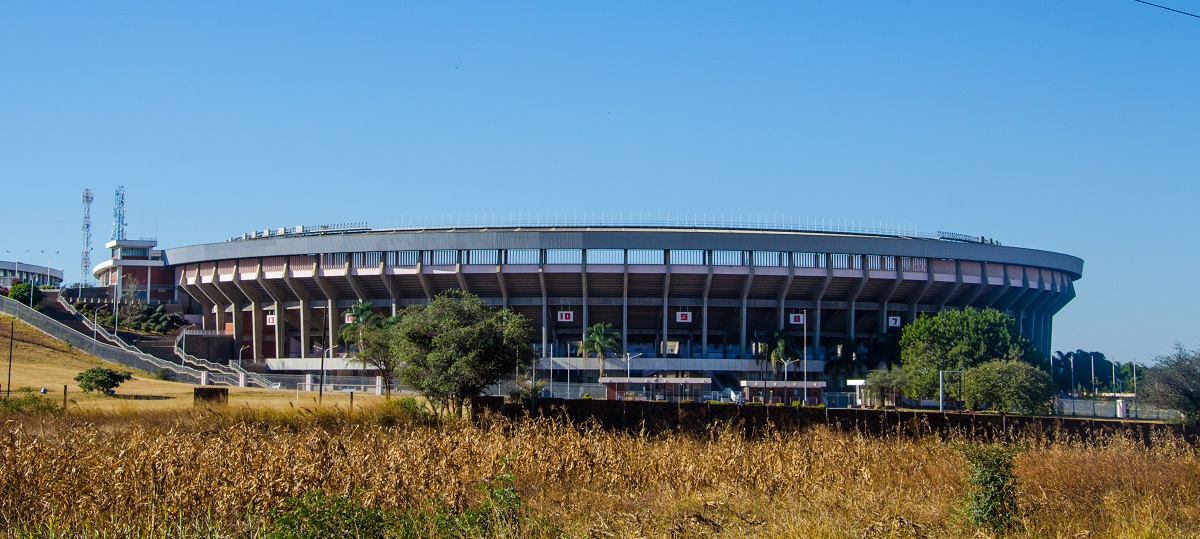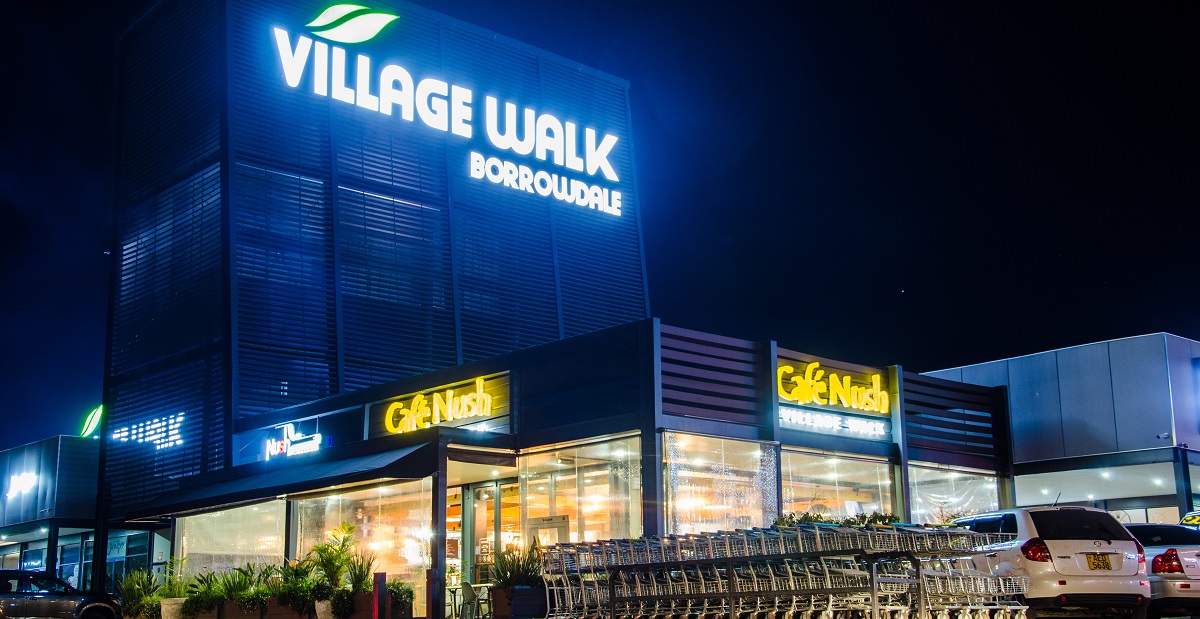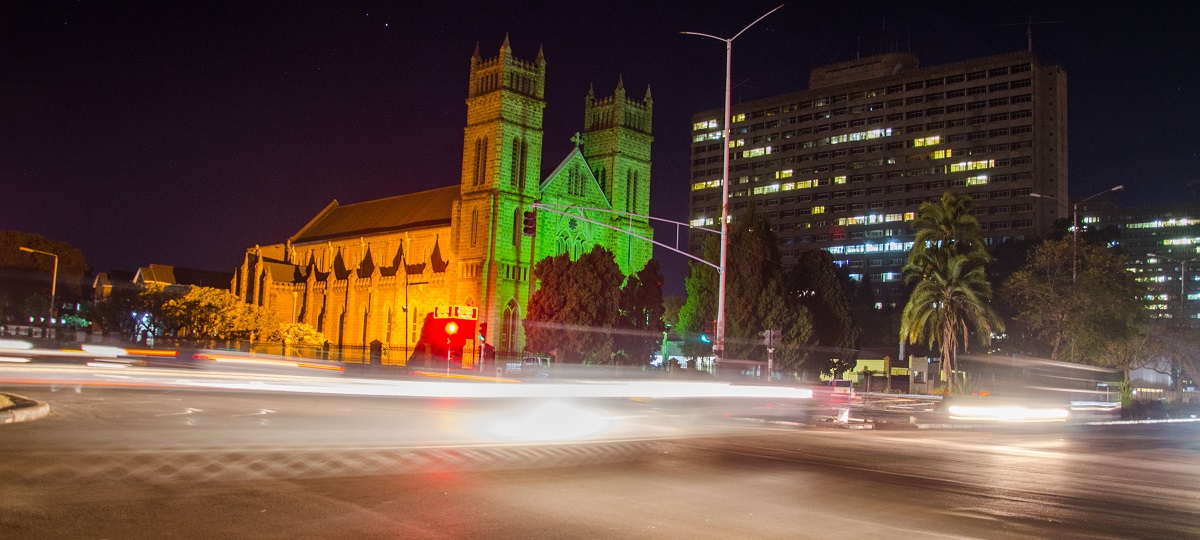Harare, formerly Salisbury, capital of Zimbabwe, lying in the northeastern part of the country. The city was founded in 1890 at the spot where the British South Africa Company's Pioneer Column halted its march into Mashonaland; it was named for Lord Salisbury, then British prime minister.
Harare is a corruption of Havarari, meaning 'They never sleep' and this was the name given to the Zezuru Chief of this northeastern part of Zimbabwe, a Chief Harava.
Harare is the capital of Zimbabwe. On the edge of landscaped Harare Gardens, the National Gallery of Zimbabwe has a large collection of African contemporary art and traditional pieces like baskets, textiles, jewelry and musical instruments. The unusual granite formation Epworth Balancing Rocks is southeast of the city. Wildlife such as zebras and giraffes roam Mukuvisi Woodlands, which has bike paths and a bird park.
Harare is Zimbabwe’s leading financial, commercial, and communications centre, and a trade centre for tobacco, maize, cotton, and citrus fruits. Manufactured goods include textiles, steel and chemicals, and gold is mined in the area. The city’s suburbs include Borrowdale, Helensvale, Greendale, Chisipite, Mbare, Highfields, Kuwadzana, Marlboro, Marlbereign, Vainona, Mount Pleasant and Avondale; the most affluent neighbourhoods are to the north.
The University of Zimbabwe, the country’s oldest university (founded in 1952), is situated in Mount Pleasant, about 6 km (3.7 mi) north of the city centre. Harare is home to the country’s main Test cricket ground, Harare Sports Club, Caps United F.C. and Dynamos F.C., Zimbabwe’s most successful association football teams.


